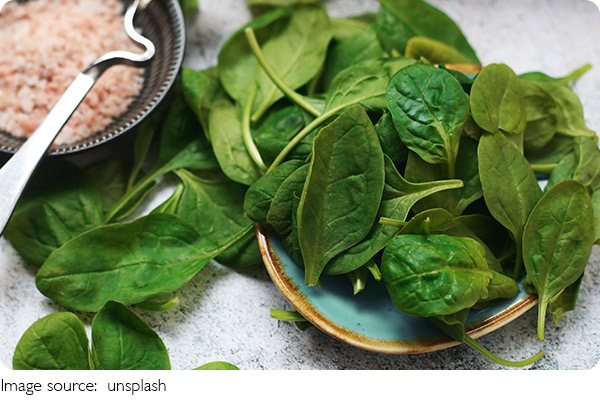Fermented Veggie Delights

You've probably had a jar of pickles tucked into the corner of your fridge. But have you ever stopped to think about how many cultures, across centuries and continents, have relied on the art of fermenting vegetables?
From tangy cabbage leaves to spiced carrots and sour turnips, fermented vegetables aren't just about extending shelf life—they're about flavor, health, and tradition.
Why Fermentation Matters?
Fermentation isn't just an old way of keeping food edible before refrigeration. It transforms vegetables into something entirely new. Salt, water, and time allow friendly bacteria to thrive, creating that signature tang. The process doesn't just boost flavor—it adds probiotics that support digestion, vitamins that strengthen the immune system, and natural acids that protect food from spoiling.
Think of it as kitchen alchemy. A crunchy cucumber becomes a sour, zesty pickle. A head of cabbage turns into a probiotic powerhouse. That transformation makes fermented veggies both practical and magical.
Global Favorites Worth Knowing
Every region has its take on fermented vegetables. Here are a few well-loved examples:
1. Sauerkraut – Shredded cabbage mixed with salt, left to ferment in barrels. It's simple, tangy, and rich in vitamin C. Many families still keep a crock in their basement or pantry, passing recipes down through generations.
2. Kimchi-style cabbage – Crisp, spicy, and layered with garlic and chili, this variation shows how fermentation can create bold, fiery flavors. It's often eaten alongside rice or grilled foods.
3. Curtido from Central America – A slaw-like mix of cabbage, carrots, and onions, seasoned with oregano. It's bright, slightly sour, and served with fried snacks for balance.
4. Pickled turnips from the Middle East – Famous for their pink hue, often colored with slices of beet. They add a tart bite to wraps and platters.
5. Eastern European pickled cucumbers – Brined with dill, garlic, and spices, they range from lightly sour to puckeringly strong. Markets often sell them straight from large wooden barrels.
These are just a glimpse. Fermented vegetables show up almost everywhere, adapted to local tastes and ingredients.

How to Start at Home?
The beauty of fermenting vegetables is how little it requires. With just three basics—vegetables, salt, and a container—you can get started. Here's how:
1. Choose your vegetables – Cabbage, carrots, radishes, cucumbers, and even green beans all work beautifully.
2. Add salt – This draws out moisture and keeps harmful bacteria at bay, letting good bacteria take over. The brine should taste pleasantly salty, not overwhelming.
3. Let it sit – Keep the vegetables submerged in the brine, cover loosely, and wait. In a few days, bubbles form, and flavors start to develop. The longer you wait, the tangier it gets.
The process is forgiving. If it's too sour, eat it sooner next time. If you want more punch, let it ferment longer.
Health Benefits Beyond Flavor
Fermented vegetables aren't just delicious—they're functional foods. Many nutritionists highlight their role in supporting gut health. Probiotics from the fermentation process help balance bacteria in your digestive system, which may improve nutrient absorption and reduce bloating.
They're also vitamin-rich. For example, sauerkraut can contain higher levels of vitamin C than raw cabbage. Plus, the acids formed during fermentation can help your body fight harmful microbes. In short, they make your meals more flavorful while quietly boosting your wellbeing.
Tips for Enjoying Fermented Vegetables
Once you've made or bought them, the question is: how do you eat them? Here are a few ideas:
1. As a side dish – Sauerkraut with roasted potatoes, pickled turnips with falafel, or kimchi-style cabbage with grilled meats.
2. In sandwiches and wraps – A handful of tangy slaw can brighten up even the simplest lunch.
3. With cheese and bread – Fermented vegetables balance out creamy or fatty foods.
4. Straight from the jar – Sometimes, a crisp, sour carrot stick is the best snack.
The key is to treat them as flavor boosters. A small amount goes a long way.

A Tradition That Keeps Evolving
What's most striking about fermented vegetables is their resilience. They've survived changing food trends, industrialization, and the arrival of refrigeration. Today, they're not just “old-fashioned” foods; they're at the center of wellness movements and gourmet kitchens.
Next time you open a jar of pickles or scoop tangy cabbage onto your plate, pause for a moment. You're not just eating vegetables—you're tasting a tradition that connects kitchens across continents and centuries. And perhaps, by starting a small jar at home, you're adding your own story to that global legacy.

 · Food Team
· Food Team